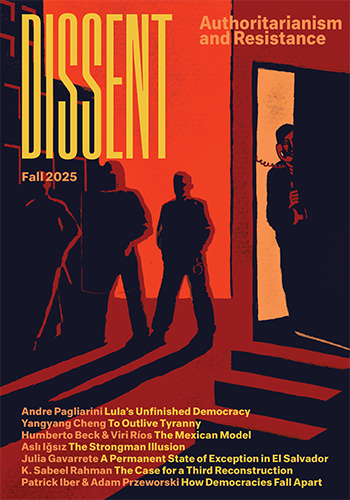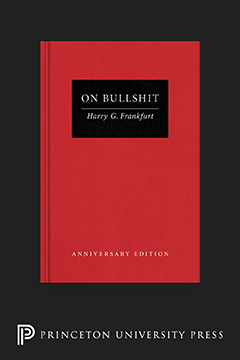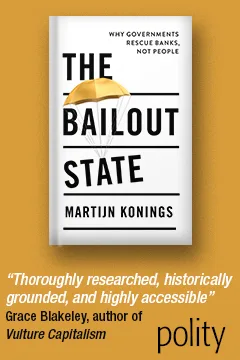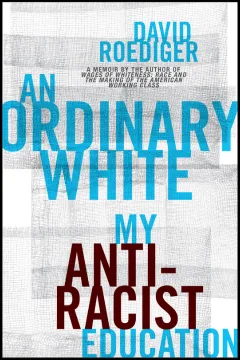A Note on Atrocities
A Note on Atrocities
Nothing better illustrates the moral schizophrenia of our society than the generally accepted notion of what constitutes a wartime “atrocity.”
Nothing better illustrates the moral schizophrenia of our society than the generally accepted notion of what constitutes a wartime “atrocity.” We are constantly reminded that international conferences have labored to work out rules to govern the treatment of prisoners-of-war in order to protect captured soldiers from unnecessarily brutal treatment. Simultaneously techniques of warfare have been developed which make civilians the major victims of war, and whatever torture or horror these non-combatants must put up with are accepted as “necessary” aspects of total war. This means that by the old standards of today one’s own fighting men, when captured by an enemy, are entitled to more humane treatment than are the enemy’s women and children whose murder — by explosives, fire, or starvation — is not considered to be an atrocity when committed by “-our side.” This attitude, of course, is true for “both sides” in any conflict.
An illustration of our own moral schizophrenia was provided on page 3 of the New York Times for Aug. 21, 1950. There, virtually side by side, were two enlightening items: One was a speech by General MacArthur, denouncing the North Koreans for atrocities to prisoners-of-war and threatening dire punishments for the commanding officers who might be considered responsible; the other was a column by Hanson Baldwin (The Times military expert) explaining that our strategic bombing in Korea—by which we had destroyed whole industrial areas and killed numerous women and children—was losing us friends among the Korean population.
These two items seem to spell out our predominant attitude toward atrocities. On the one hand, mistreatment of captured U.S. soldiers is considered to be a crime for which North Koreans could be brought to trial and punished. On the other hand, the slaughter of Korean women and children by our Strategic Bombing Command is criticized only on the grounds that it might prove to be unsound tactics, since it might arouse antagonism which would interfere with future political operations.
On October 28 of 1953, the U. S. Army released an 87-page extract from a report of its “Korean War Crimes Division” which, according to the New York Times, included the “grisly description of the fate of thousands of prisoners-of-war” illustrated by “fourteen pages of official photographs.”
This U. S. report of North Korean and Chinese atrocities against “our side” may find a place on Asiatic bookshelves next to a similar picture-book published in Japan this past August. The Japanese volume consists of 146 pages of photographs of Tokyo taken after the mass bombing raids by the U. S. Strategic Bombing Command during World War II—scenes of ruin, piles of charred bodies, and similar horrors. That the Japanese consider these mass raids as “atrocities” is suggest...
Subscribe now to read the full article
Online OnlyFor just $19.95 a year, get access to new issues and decades' worth of archives on our site.
|
Print + OnlineFor $35 a year, get new issues delivered to your door and access to our full online archives.
|






